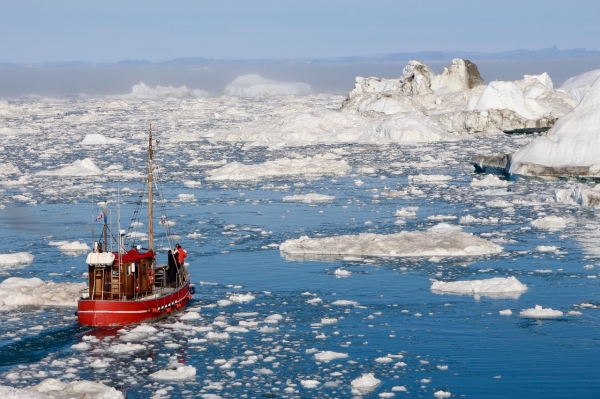Will ice floating in the Arctic Ocean move faster or slower over the coming decades?
Will ice floating in the Arctic Ocean move faster or slower over the coming decades? The answer to this question will tell us whether marine transportation can be expected to get more or less hazardous. It might also have important implications for the rate of ice cover loss, which is hugely consequential for Northern Indigenous communities, ecosystems, and the global climate system.
While observational data suggest the trend has been towards faster sea ice speeds, climate models project that those speeds will slow down during the summer season. This contrast has led to some questions around the plausibility of the model projections.
In a new paper published today in The Cryosphere, Lassonde School of Engineering Associate Professor Neil Tandon and Postdoctoral Visitor Jamie Ward found that, while the mechanisms driving the ice slowdown remain plausible, questions remain regarding the timing of the slowdown.
“Understanding how sea ice motion is going to change is clearly of interest, and yet we didn’t really know if what the models were projecting was reasonable,” says Tandon, who is also with the Centre for Research in Earth and Space Science (CRESS) at York University. “It seems that we can expect sea ice to continue to speed up for some time, but there will be a point in the coming decades when the dynamics will shift.”
Read more at York University
Photo Credit: SarahNic via Pixabay




